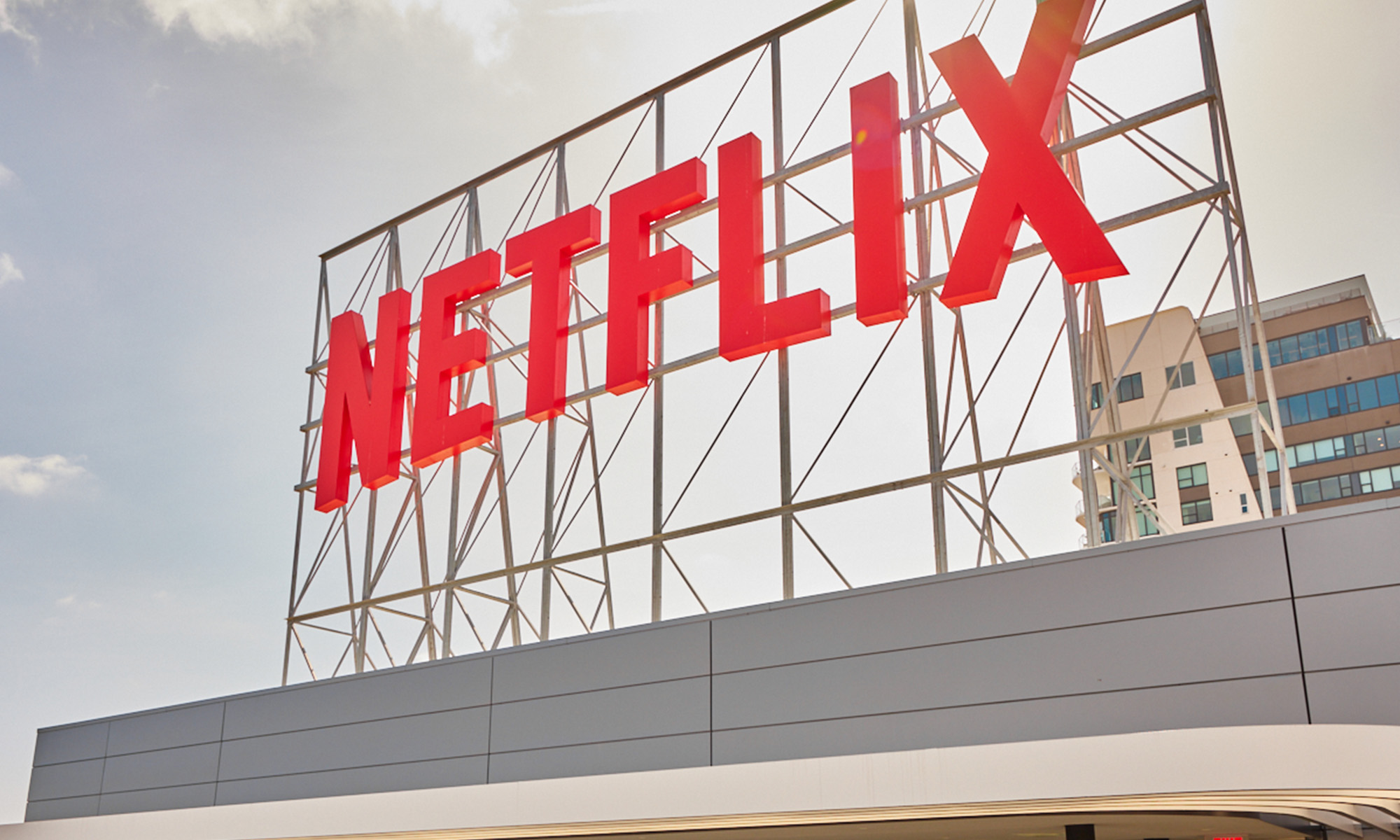There's nothing the market loves more than a good old-fashioned price hike, and Netflix (NFLX +0.12%) bumping the price of its streaming service higher on Thursday was the toast of Wall Street. Netflix is raising the monthly rate of its most popular subscription by $1 to $13.99, and its premium platform that offers up to four ultra high-def streams at the same time is getting $2 more expensive to command $17.99 a month.
The market's reaction was predictable. Netflix shares rose as much as 6% on Thursday before closing out the trading day up 4%. The logic makes sense on paper. Given its scalable business model, higher subscription prices boost margins with most of the incremental revenue clocking in as pre-tax profit or more money for Netflix to use to invest in expanding its catalog. Netflix will in theory emerge even stronger, but history tells a different story that investors seem to be forgetting.

Image source: Netflix.
Elasticity isn't forever
This is the fifth time since early 2014 that Netflix has hiked its monthly cover charge. Does anyone remember what happened the last time this happened? It was April of last year, and jacking up the monthly rate of its standard plan by $2 to $13.99 came at a price. The stock took a big hit after Netflix fell woefully short of the second-quarter subscriber guidance it offered up in April, and that 10% stumble lingered. Netflix would close out 2019 roughly where it was after its second-quarter miss.
Netflix overplayed its hand. It closed out the second quarter of last year with a little more than half of the 5 million net additions it was targeting for the period. Presumably humbled into conservative guidance for the third quarter, it would go on to fall short yet again.
Raising prices will naturally increase churn, but Netflix offered its guidance days after the hike. Its targets were also weak three months later. Netflix got its mojo back in 2020, but only after several dry months for its shareholders.
Investors are applauding the hike now, but how well do they remember how the last increase played out? Making matters worse, a lot has happened since the last pricing move:
- Walt Disney's Disney+ launched in November of last year, topping 60 million premium subscribers within its first year. It's not the only media stock now that's a major player in the digital battleground.
- Apple's Apple TV+, Peacock (owned by Comcast subsidiary NBCUniversal), and AT&T's HBO Max have also launched over the past year. They've achieved less fanfare, but they are rivals for attention nonetheless.
- Netflix has faced a boycott over controversial content and lost popular shows.
There are more ways for Netflix to stumble after this latest increase. There are more ways for it to prove mortal. Netflix is often seen as the leader of the cord-cutting revolution, but it's had five hikes in six and a half years, adding up to a 75% increase from the original $7.99 price point. Was the pricing on your old cable or satellite television plan really that aggressive?
Netflix will be fine in time. Consumers ultimately flock to content. However, if its subscriber guidance wasn't reliable the last time it boosted its monthly ransoms -- and the move came before the report -- how bad will this quarter be relative to the forecast it offered earlier this month? The applause is deafening right now, but don't hold out for a shot to cheer when Netflix reports again in mid-January.










